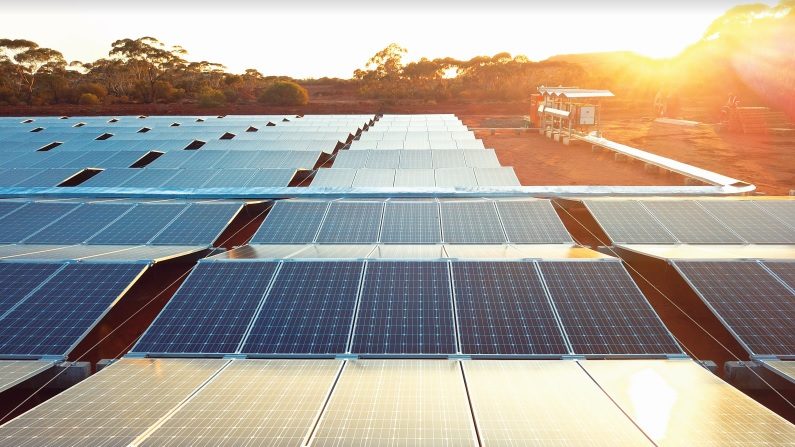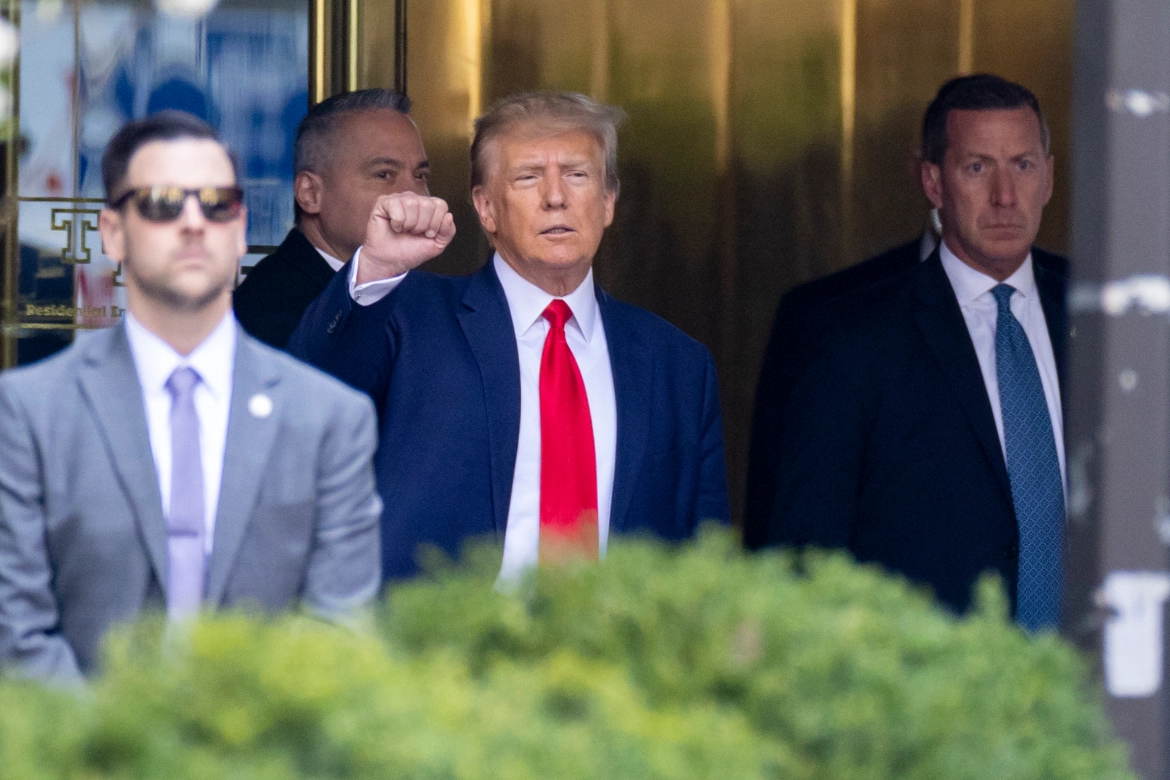From Australian startup to solar juggernaut, 5B’s technology is reinventing solar energy
5B started as an Australian startup and is reinventing global solar energy from the ground up.
This week on Ticker Climate the co-founder of 5B, Chris McGrath ‘zoomed-in’ from sunny Darwin, Australia. 5B is an innovative solar technology business, with a mission to create abundant, accessible, affordable power from the sun. They’re breaking down barriers by making solar power easy, affordable, and quick.
Aussie startup founded over a bottle of whiskey
Solar engineers Chris McGrath and Eden Tehan founded the business in 2013. They came up with the idea over a bottle of whiskey. With an aim to accelerate the planet’s transition to fast, easy, low-cost clean solar energy. The way solar can, and should be. From a team of 30 employees last year, they now employ 137 people.
The name 5B represents the 5 billion years of sunshine Earth has left, and motivates them to strive for the simplest, most effective ways to leverage this resource.
“As individuals how we can add most to the challenge of climate change in front of us.”
Chris McGrath, Co-founder 5B
How it works
5B’s finely tuned ecosystem allows its solution to be produced anywhere in the world, at scale, with a network of channel, assembly, and deployment partners. They use technology to make the process of producing and developing solar easy and low cost.
They classify themselves as the ‘Maverick’s’ (a reference to Top Gun) of our time and the leaders of the renewable revolution.
The Maverick
The iconic technology of the ‘Maverick’ solar solution is the fastest, easiest and simplest way to deploy ground-mounted solar. 5B has redefined the engineering, and construction of solar farms.
They use the ‘Maverick’ to transform to supply and delivering chain of building solar farms to make it easier, faster, and cheaper. Their approach combines modular design, prefabrication, and rapid deployment.
This streamlines engineering & procurement and transferring cost, time & risk from the construction site to the factory. 5B makes the process simpler by using modular prefabricated blocks, pre-wired, minimal site preparation, suitable for most ground and soil types, minimal ground penetration and no trenching needed.
They’re the fastest deployment on the market.
Sun Cable Project
5B has joined forces with the Sun Cable Project. This project will be the world’s largest solar farm in the world on completion. It will be able to power whole cities with renewable energy.
It is in a remote location in the Northern parts of Australia. By conventional means, this process would take thousands of people in a camp in the middle of nowhere to complete.
However, with 5B they will use a highly trained workforce in a factory in Darwin, then a fleet of autonomous vehicles will help to make the rollout efficient and seamless. They will use about 100 people as opposed to thousands. They will be rolling out approximately 180 ‘Maverick’s’ per day, which equates to about one per 5 minutes.
This project will be a lighthouse for 5B to showcase their capabilities and leadership in this industry. And, with predictions the cost of solar will continue to go down, Australia could be on track to become a renewable energy exporting leader.
“The advantage in Australia is the price of solar will keep going down and that will give us an advantage over other countries. “
Energy expert, and Ticker Climate co-host, Scott Hamilton
Breaking global markets
5B is also expanding internationally, breaking into markets in Chile, the United States, and India. They want to drive growth into these markets to build their ecosystem of partners right around the world. They also have a factory in Vietnam ramping up.
Eventually, 5B wants to implement a system so seamless that you can buy a solar farm online and have it delivered the next week.
Bushfire prone locations need solar
Right now disastrous fires are wreaking havoc across the world. The United States and Turkey, are the most recent to fall victim to the frightening blazes. Some of the challenges local towns and communities in remote locations face are the risk of bushfires & storms that end in extended blackouts.
The solution for these towns, communities, and businesses is solar. In Australia, 5B recently worked on a project named ‘resilient energy’ in partnership with Tesla and the co-founder of software company Atlassian, Mike Cannon-Brookes.
The project aimed at getting power back to bushfire-affected communities. The purpose is to use renewable energy to make the communities and power systems more resilient, relying less on power lines that are likely to be damaged during a fire.
“Power lines cause fires…We want communities and power systems to be more resilient.”
Chris McGrath, co-founder 5B
Watch this week’s full episode here: https://tickernews.co/ticker-climate/



 News5 days ago
News5 days ago


 News3 days ago
News3 days ago


 News5 days ago
News5 days ago


 Leaders3 days ago
Leaders3 days ago


 News3 days ago
News3 days ago


 Shows3 days ago
Shows3 days ago


 Docos5 days ago
Docos5 days ago


 Leaders4 days ago
Leaders4 days ago






Pingback: 5B : From Australian startup to solar juggernaut #auspol #qldpol #RaceToZero #COP26 #ClimateCrisis Demand #ClimateAction #SDG13 #SDG7 #Solar – Climate Action Australia